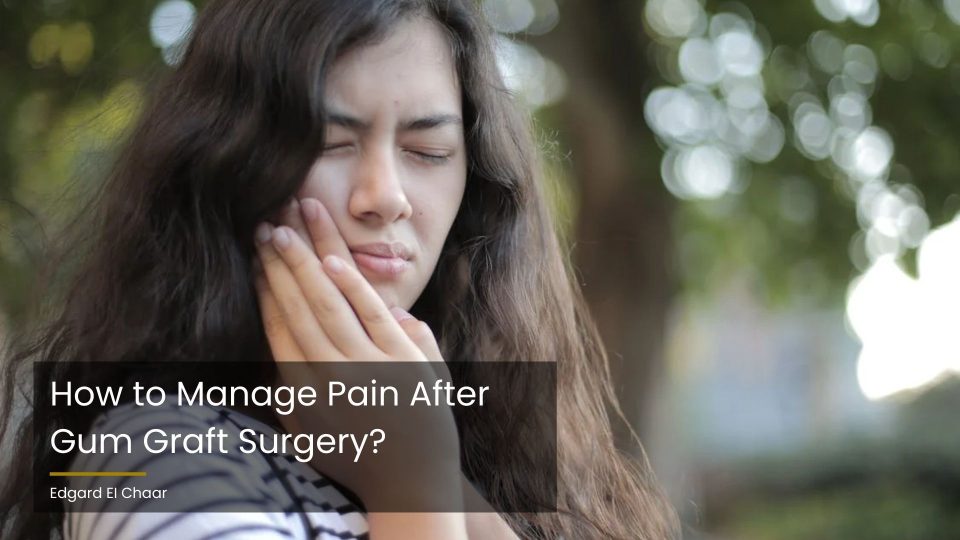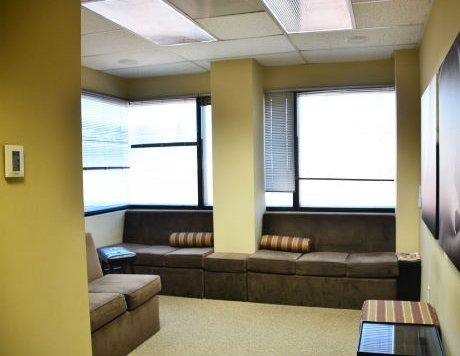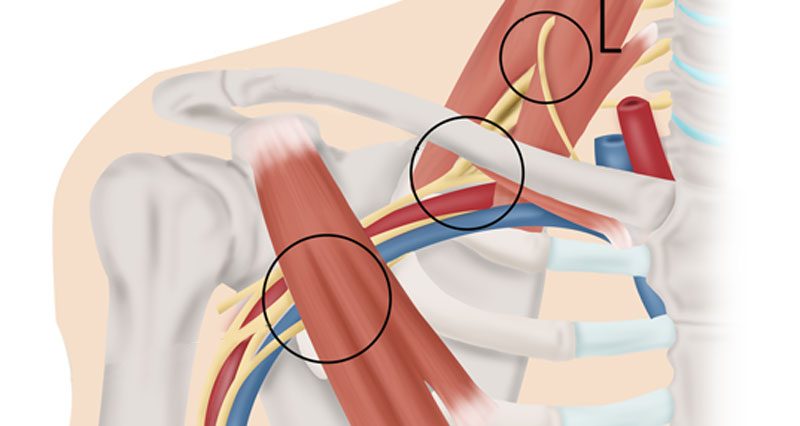12+ Pain Relief Secrets After Gum Graft

Gum grafting is a surgical procedure aimed at covering exposed roots of teeth to prevent further decay, sensitivity, and to enhance the aesthetic appeal of one’s smile. While the procedure itself can be quite beneficial for oral health, the aftermath, like any surgical procedure, comes with its set of challenges, most notably, pain and discomfort. Managing pain effectively is crucial for a smooth recovery and to ensure that the graft heals properly. Here are more than 12 pain relief secrets to consider after undergoing a gum graft:
1. Follow Your Dentist’s Instructions
Perhaps the most overlooked yet crucial step in managing post-surgical pain is adhering strictly to the instructions provided by your dentist. These instructions are tailored to your specific condition and the type of graft you’ve received. They may include a list of medications to take, dietary restrictions, and oral hygiene practices to follow during the recovery period.
2. Cold Compress
Applying a cold compress to the outer cheek near the surgical site can help reduce swelling and ease pain. The cold temperature helps constrict blood vessels, which in turn reduces the flow of blood to the area, minimizing pain and swelling.
3. Elevate Your Head
When sleeping, it’s advisable to keep your head elevated using extra pillows. This helps reduce swelling by preventing blood from accumulating in the head and face area, thereby reducing discomfort and pain.
4. Soft Food Diet
For the first few days after surgery, sticking to a soft food diet can significantly reduce irritation to the surgical site. Foods like yogurt, scrambled eggs, mashed potatoes, and soups are ideal as they require minimal chewing, thereby minimizing the discomfort.
5. Avoid Smoking and Alcohol
Both smoking and alcohol consumption can hinder the healing process and exacerbate pain. Smoking can reduce blood flow to the gums, impairing healing, while alcohol can irritate the gums and prolong recovery.
6. Desensitizing Toothpaste
If you experience sensitivity after the gum graft, using a desensitizing toothpaste can help alleviate this symptom. These toothpastes contain ingredients that help block the dentinal tubules in the teeth, reducing the sensitivity.
7. Salt Water Rinse
Rinsing your mouth with warm salt water several times a day can help reduce swelling, ease pain, and fight infection. The salt helps reduce inflammation and kills bacteria, promoting a healthy environment for the graft to heal.
8. Over-the-Counter Pain Medications
Your dentist may recommend or prescribe certain pain medications to help manage your discomfort. Over-the-counter options like ibuprofen (Advil, Motrin) or acetaminophen (Tylenol) can be effective for pain management. However, it’s crucial to follow the recommended dosage and consult with your dentist before taking any medication.
9. Rest and Relaxation
Getting ample rest and avoiding strenuous activities can significantly aid in the healing process. Stress and fatigue can worsen pain perception, so ensuring you’re well-rested can help manage your discomfort levels.
10. Stay Hydrated
Drinking plenty of water is essential for overall health and can help your body recover faster from the surgery. Hydration aids in the healing process by ensuring your tissues are well-oxygenated and that your body can efficiently clear out any medications.
11. Avoid Strenuous Oral Hygiene
While maintaining oral hygiene is important, it’s crucial to avoid brushing or flossing the surgical site directly until your dentist advises it’s safe to do so. Gentle oral hygiene practices around the site can help prevent infection without causing further irritation.
12. Attend Follow-Up Appointments
Following up with your dentist as scheduled is vital for ensuring the graft is healing properly and to address any concerns or complications early on. These appointments can also provide an opportunity to adjust pain management strategies if needed.
13. Consider Professional Pain Management
In some cases, pain after a gum graft can be more severe than expected. If your pain is not manageable with the prescribed medications or if you’re experiencing significant discomfort, don’t hesitate to reach out to your dentist. They can offer additional guidance, adjust your medication, or refer you to a specialist for further evaluation.
14. Maintain a Positive Outlook
Recovery from a gum graft can be a challenging period, both physically and emotionally. Maintaining a positive outlook and focusing on the long-term benefits of the procedure can help make the recovery process more manageable. Engaging in activities you enjoy, practicing relaxation techniques, and reaching out to support networks can all contribute to a smoother recovery.
Conclusion
Pain relief after a gum graft is a multifaceted approach that involves following your dentist’s instructions, utilizing cold compresses, adhering to a soft food diet, avoiding harmful substances like tobacco and alcohol, and considering desensitizing toothpaste, salt water rinses, and over-the-counter pain medications. By combining these strategies and maintaining open communication with your dental care provider, you can effectively manage your pain and ensure a smooth recovery from your gum graft procedure.
FAQ Section
How long does it take to recover from a gum graft?
+Recovery time from a gum graft can vary depending on the extent of the procedure and individual healing rates. Generally, it takes about 1-2 weeks for the initial healing, but full recovery and the return to normal activities can take a few months.
Can I drive after a gum graft procedure?
+It’s usually recommended to avoid driving for at least 24 hours after the procedure, especially if you’ve been given sedation or are taking pain medications that could impair your ability to drive safely.
How do I manage swelling after a gum graft?
+Swelling can be managed by applying a cold compress to the cheek near the surgical site, keeping your head elevated while sleeping, and following a soft food diet to reduce irritation to the gums.
Is gum grafting painful?
+While the procedure itself is performed under local anesthesia and therefore painless, patients may experience discomfort and pain during the recovery period. This can be managed with pain medications and by following post-operative instructions carefully.
Can I return to work after a gum graft procedure?
+The time it takes to return to work depends on the nature of your job and how you’re feeling. For most people, taking a day or two off is sufficient, but if your job involves strenuous activities or you’re not feeling well, you may need to take more time off.
How often should I follow up with my dentist after a gum graft?
+Follow-up appointments are crucial for monitoring the healing process and addressing any complications early. Typically, the first follow-up is within a week of the procedure, and subsequent appointments are scheduled as necessary based on your healing progress.


